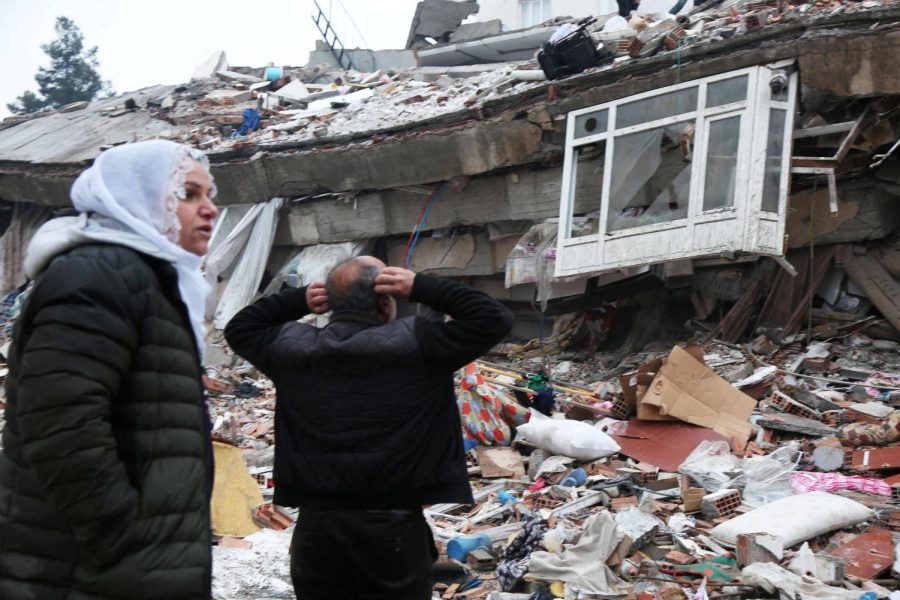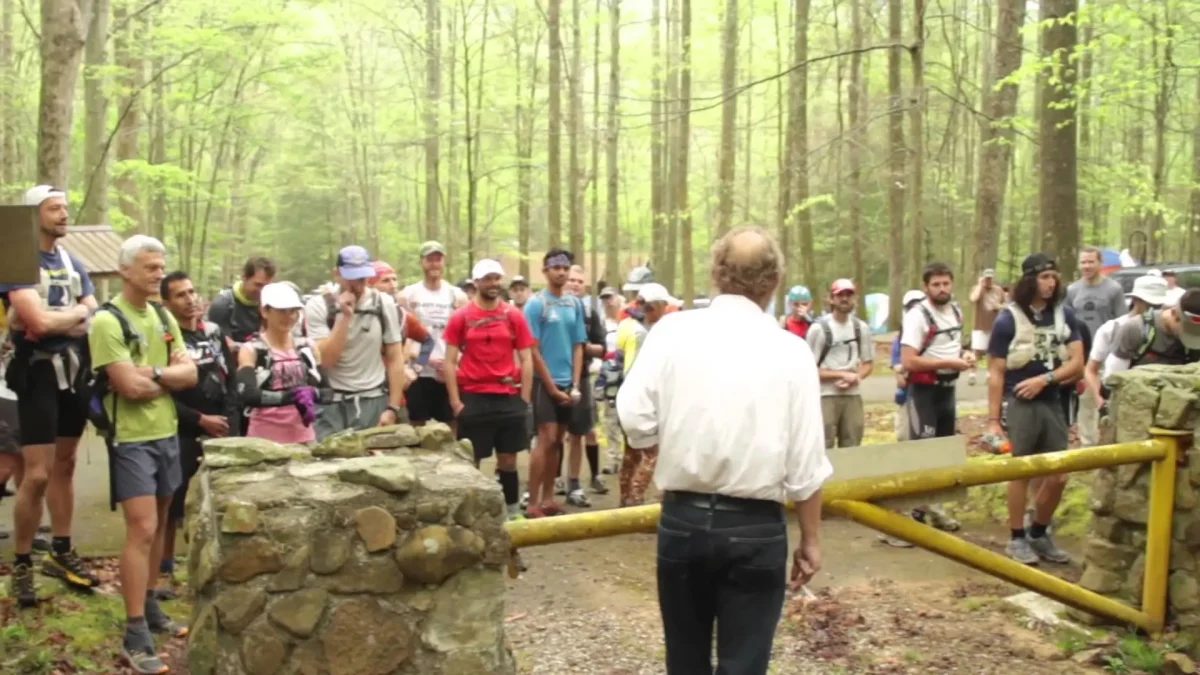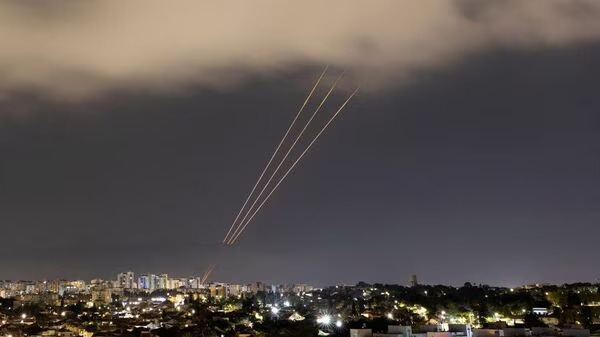Rescuers in Turkey Race Against Time To Find Survivors In The Aftermath of a 7.8 Magnitude Earthquake
The Kahramanmaras has left thousands without homes, belongings, or food. Local shelters are under heavy stress to provide support for these people while managing the full extent of the disaster.
February 9, 2023
Early Monday morning along the border of Turkey and Syria a magnitude 7.8 earthquake, called Kahramanmaras earthquake, struck resulting in over 11,200 people dead, tens of thousands injured, and over 5,000 collapsed buildings. In Turkey, as of the writing of this article, at least 8,574 people have died with over 40,000 injured while in Syria at least 1,262 people have died and over 22,000 injured in government held areas while in rebel led areas 1,400 people have died and more than 2,700 people have been injured.
The scale of devastation has made this the deadliest earthquake to occur in over a decade, soaring past the 2015 earthquake in Nepal, which killed over 8,500 people. Some experts have reported that if the death rate continues to rise at its current pace then it could potentially replace the previous record held by Japan, when a 9.0 earthquake hit the country in 2011 resulting in three simultaneous disasters: an earthquake, tsunami, and nuclear disaster. These events are responsible for over 20,000 deaths.
In immediate response to the disaster, Turkish president Tayyip Erdogan has declared a state of emergency in 10 provinces that will last, as of now, for three months and sent in both domestic and international rescuers to aid in the recovery process. However, these rescuers have been hampered by frigid temperatures, bad weather, and roads that have been destroyed or blocked by rubble causing some residents of Turkish cities to grow frustrated with the government’s “slow” and “inadequate” response.
In order to address the housing crisis caused by this earthquake, the government has opened several hotels in Antalya, a big tourist city, while looking for more permanent solutions to those who have lost their homes. Currently Turkish authorities believe that somewhere around 13.5 million people have been affected by the earthquake with the effects spanning over 450 km with deaths being reported as far as Hama in Syria which is over 250 km from the epicenter. Due to the sheer stretch of area that must be covered, rescuers are spread thin, in some places having to rely on volunteer help in order to be able to find and rescue people fast enough, as well as supporting those displaced by the destruction.
Due to the nature of the disaster, those who survived are still at risk due to the weather and temperature, as well as potentially being crushed by shifting rubble due to the over 200 aftershocks following the initial earthquake. In some cities the earthquake sparked a chain of events that would have led to smaller, more localized disasters. In Iskenderun, a port city in Turkey, a fire rages along the port from the containers that were previously stored there.
Among the people most affected by the earthquake are the Syrian refugees along the northwestern Syrian border as well as in Turkey. Many of these refugees, living in camps, have lost their belongings and have been forced to relocate often without any clear support systems to turn to. Mosques have opened their doors to house many of these refugees, but the need is still great. Many of the roads which were used for humanitarian work have been damaged as well, further preventing many of these people from receiving aid. A U.N. humanitarian official in Syria reported to Reuters that fuel shortages were also playing a role in the crisis.
Now, with the further relief efforts ongoing, many have turned their attention to the thousands of displaced people across Turkey and Syria, many of whom are forced to wait outside in temperatures below freezing surrounded by snow and ice, as the U.N. humanitarian organizations and governments look for solutions.






















